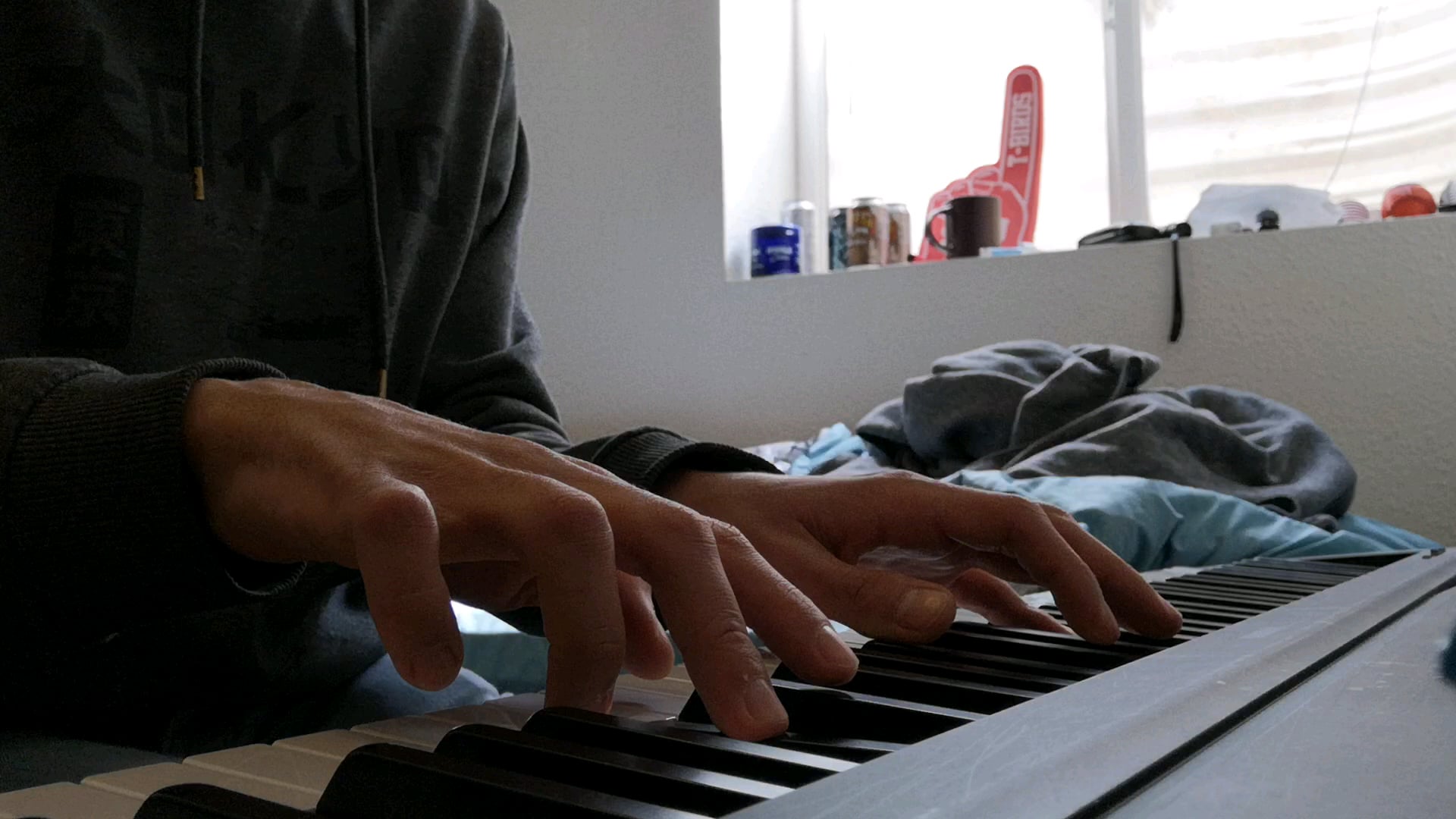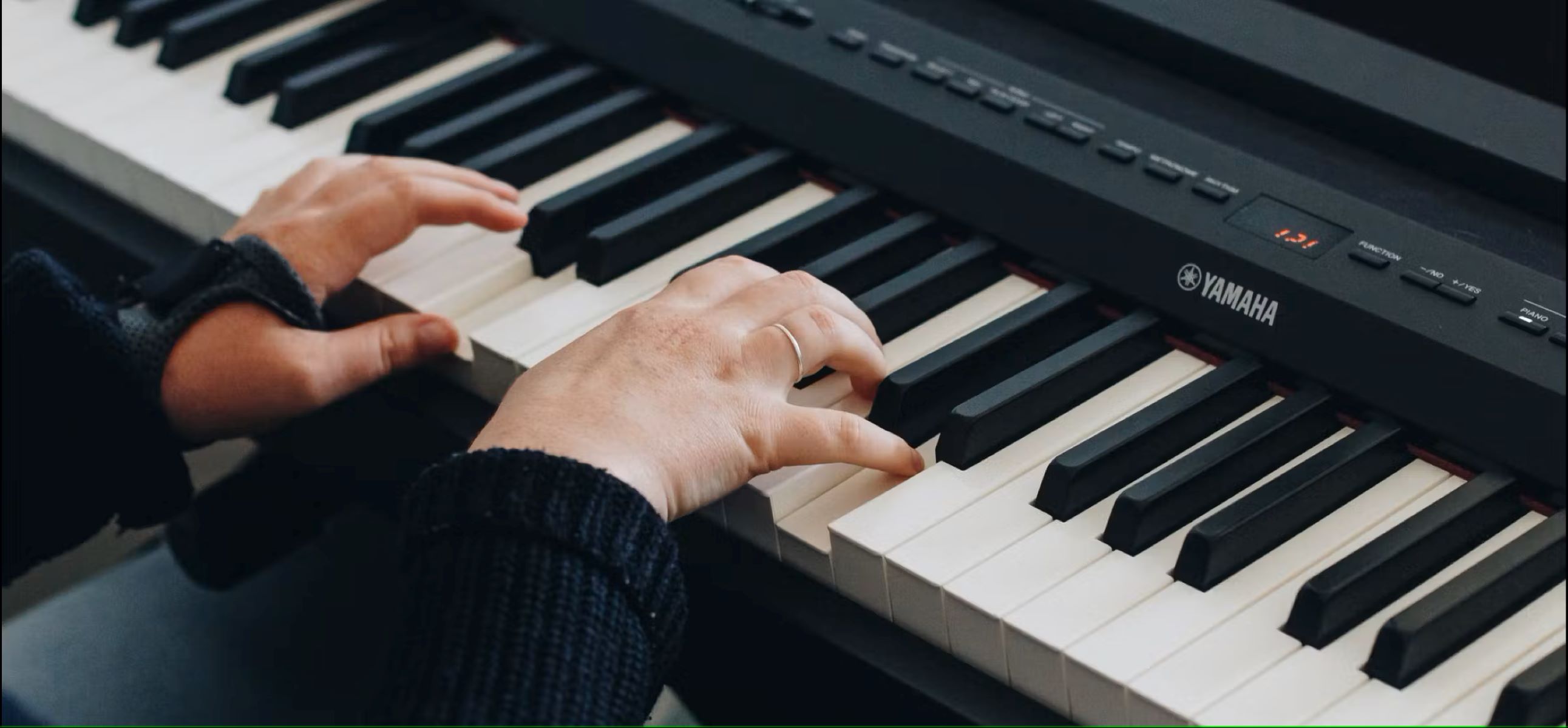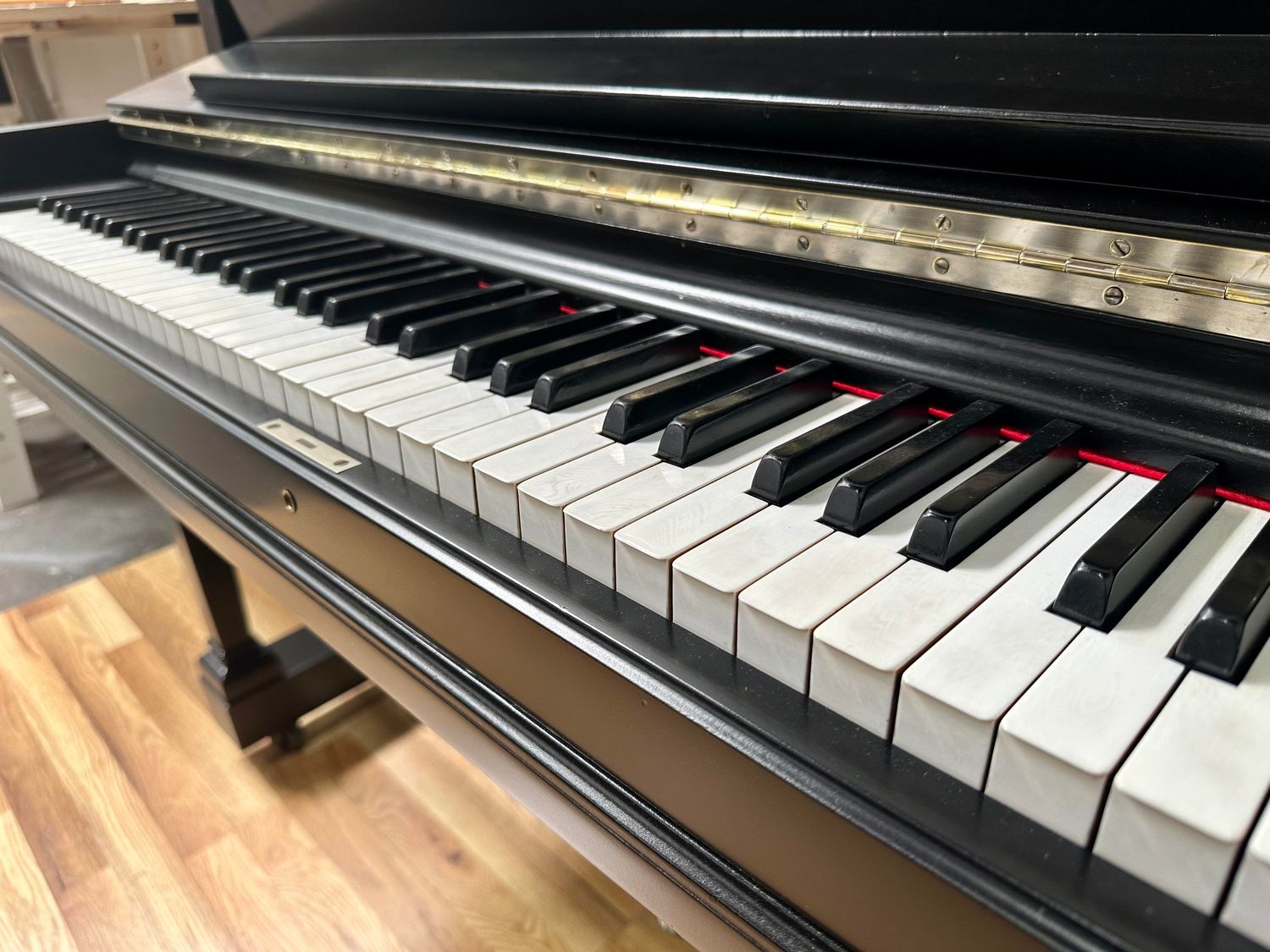Home>Instruments>Piano>How To Play Em7 On Piano


Piano
How To Play Em7 On Piano
Published: February 10, 2024
Learn how to play the Em7 chord on the piano with our step-by-step guide. Master the basics of piano playing and start creating beautiful music today!
(Many of the links in this article redirect to a specific reviewed product. Your purchase of these products through affiliate links helps to generate commission for AudioLover.com, at no extra cost. Learn more)
Table of Contents
Introduction
Playing the piano is a deeply rewarding experience, allowing musicians to express themselves through beautiful melodies and harmonies. One fundamental aspect of piano playing is mastering different chords, which form the building blocks of countless songs across various genres. In this article, we will explore the captivating world of piano chords and focus on the Em7 chord, a versatile and evocative harmony that can add depth and emotion to your music.
Understanding and mastering the Em7 chord is a valuable skill for any pianist, whether you are a beginner eager to expand your repertoire or an experienced player seeking to enhance your musical proficiency. By delving into the structure and placement of the Em7 chord on the piano keyboard, you will gain valuable insights that will elevate your playing and open up new creative possibilities.
Throughout this article, we will break down the Em7 chord in a clear and accessible manner, providing practical guidance and tips to help you incorporate this enchanting harmony into your musical endeavors. Whether you aspire to play soulful ballads, jazz standards, or contemporary pop songs, the Em7 chord will undoubtedly enrich your musical journey and inspire your creativity.
Join us as we embark on a captivating exploration of the Em7 chord, uncovering its unique characteristics and discovering the joy of incorporating this enchanting harmony into your piano repertoire. Whether you are drawn to its melancholic allure or its soothing resonance, the Em7 chord has the power to captivate both players and listeners, making it a valuable addition to your musical toolkit.
Understanding the Em7 Chord
Before delving into the specifics of playing the Em7 chord on the piano, it’s essential to grasp the theoretical foundation of this captivating harmony. The Em7 chord belongs to the family of minor seventh chords, characterized by its emotive and introspective quality. Comprised of the notes E, G, B, and D, the Em7 chord exudes a sense of melancholy and depth, making it a popular choice in various musical genres, including jazz, blues, and pop.
One of the defining features of the Em7 chord is the inclusion of the minor third interval, formed by the notes E and G. This interval contributes to the chord’s bittersweet and contemplative sound, evoking a range of emotions that resonate with both performers and audiences. Additionally, the minor seventh interval, represented by the notes E and D, infuses the Em7 chord with a sense of tension and resolution, adding further complexity to its tonal character.
As a pianist, understanding the emotional impact of the Em7 chord is crucial for infusing your performances with depth and expression. Whether you are interpreting a poignant ballad or improvising in a jazz ensemble, the ability to convey the inherent mood of the Em7 chord can elevate your playing and resonate with listeners on a profound level.
By comprehending the emotive essence of the Em7 chord, you can harness its evocative power to imbue your music with soul-stirring nuances and poignant moments. This understanding serves as the cornerstone for interpreting and integrating the Em7 chord into your musical repertoire, enriching your playing with its captivating allure and emotional resonance.
Em7 Chord Structure
The Em7 chord is constructed from a precise arrangement of notes that form its distinct tonal quality. Comprised of four essential tones, the Em7 chord exhibits a harmonic richness that contributes to its emotive resonance and versatility in musical compositions.
At its core, the Em7 chord consists of the following notes:
- E – The root note, establishing the fundamental pitch of the chord.
- G – The minor third, infusing the chord with its characteristic bittersweet quality.
- B – The perfect fifth, providing stability and depth to the chord’s harmonic structure.
- D – The minor seventh, contributing tension and resolution to the chord’s overall sound.
Understanding the specific intervals and relationships between these notes is essential for grasping the intricate architecture of the Em7 chord. The combination of the root, minor third, perfect fifth, and minor seventh creates a harmonic tapestry that defines the chord’s evocative nature, making it a compelling choice for conveying a wide range of emotions through music.
As you explore the Em7 chord’s structure, take note of how each individual note contributes to the chord’s overall character. From the foundational presence of the root note to the poignant tension introduced by the minor seventh, every tone plays a crucial role in shaping the chord’s sonic identity.
By immersing yourself in the nuanced structure of the Em7 chord, you will develop a deeper appreciation for its expressive potential and gain insight into its application across diverse musical genres. Whether you are composing original pieces, arranging covers, or improvising on the piano, the structural intricacies of the Em7 chord offer a rich palette of tonal colors to enrich your musical creations.
Finding the Em7 Chord on the Piano
Locating the Em7 chord on the piano keyboard is an essential step in integrating this evocative harmony into your playing. By identifying the precise combination of notes that comprise the Em7 chord, you can seamlessly incorporate it into your musical repertoire, adding depth and emotion to your compositions and performances.
To form the Em7 chord, you will need to combine the following notes:
- E – The root note, typically played as the lowest note in the chord.
- G – The minor third, forming the second note above the root.
- B – The perfect fifth, positioned above the minor third.
- D – The minor seventh, adding a poignant layer of tension and resolution to the chord.
On the piano keyboard, you can create the Em7 chord by simultaneously playing these four essential notes in unison or in a spread voicing, where the notes are played in a dispersed arrangement across multiple octaves. As you familiarize yourself with the keyboard layout and the specific placement of each note, you will develop a tactile understanding of how to form the Em7 chord with fluidity and precision.
Begin by locating the note E, which serves as the root of the Em7 chord. From this foundational point, proceed to identify the notes G, B, and D in close proximity, ensuring that they collectively form the distinctive tonal blend of the Em7 chord. As you practice transitioning between these notes, pay attention to the harmonic resonance that emerges, allowing your ears to discern the emotive quality inherent in the chord’s sound.
By visually and aurally familiarizing yourself with the spatial arrangement of the Em7 chord on the piano keyboard, you will gradually internalize its unique configuration, enabling you to effortlessly incorporate it into your playing with confidence and artistry. Whether you are exploring the introspective allure of the Em7 chord in a reflective composition or infusing it with vitality in an upbeat arrangement, the ability to find and play the Em7 chord on the piano empowers you to convey a spectrum of emotions through your music.
Playing the Em7 Chord on Piano
Mastering the art of playing the Em7 chord on the piano involves more than simply pressing the requisite keys. It entails infusing the chord with emotion, precision, and musicality, creating a resonant and expressive sound that captivates both the player and the listener. Whether you are a novice or an experienced pianist, refining your technique and approach to playing the Em7 chord can significantly enhance your musical interpretations and performances.
When playing the Em7 chord, consider the following essential techniques and considerations:
- Finger Placement: Position your fingers on the keys to facilitate a smooth and controlled transition between the notes of the Em7 chord. Maintain a relaxed hand posture to promote agility and dexterity while playing.
- Articulation: Pay attention to the articulation of each note within the Em7 chord. Strive for clarity and evenness in sound, ensuring that each tone contributes to the chord’s cohesive and expressive resonance.
- Dynamic Expression: Experiment with varying degrees of touch and pressure to explore the dynamic range of the Em7 chord. Emphasize the emotive quality of the chord by incorporating nuanced dynamics into your playing, from delicate pianissimo passages to impassioned fortissimo phrases.
- Harmonic Context: Consider the harmonic context in which the Em7 chord is situated within a musical piece. Pay attention to the preceding and subsequent chords, as well as the overall harmonic progression, to infuse the Em7 chord with seamless musical continuity and emotional depth.
- Exploration and Interpretation: Engage in creative exploration and interpretation when playing the Em7 chord. Experiment with inversions, arpeggios, and melodic embellishments to imbue the chord with your unique musical identity and expressive flair.
As you cultivate proficiency in playing the Em7 chord, strive to imbue each rendition with authenticity and sensitivity, allowing the inherent emotional resonance of the chord to shine through in your performances. Whether you are interpreting a soulful ballad, improvising in a jazz ensemble, or composing an original piece, the ability to play the Em7 chord with finesse and artistry enhances your musical storytelling and captivates audiences with its evocative allure.
By honing your technical prowess and infusing your playing with heartfelt expression, you will harness the captivating power of the Em7 chord to convey a spectrum of emotions, from introspection and longing to warmth and contemplation. Embrace the journey of mastering the Em7 chord on the piano, and let its enchanting resonance become an integral part of your musical narrative.











